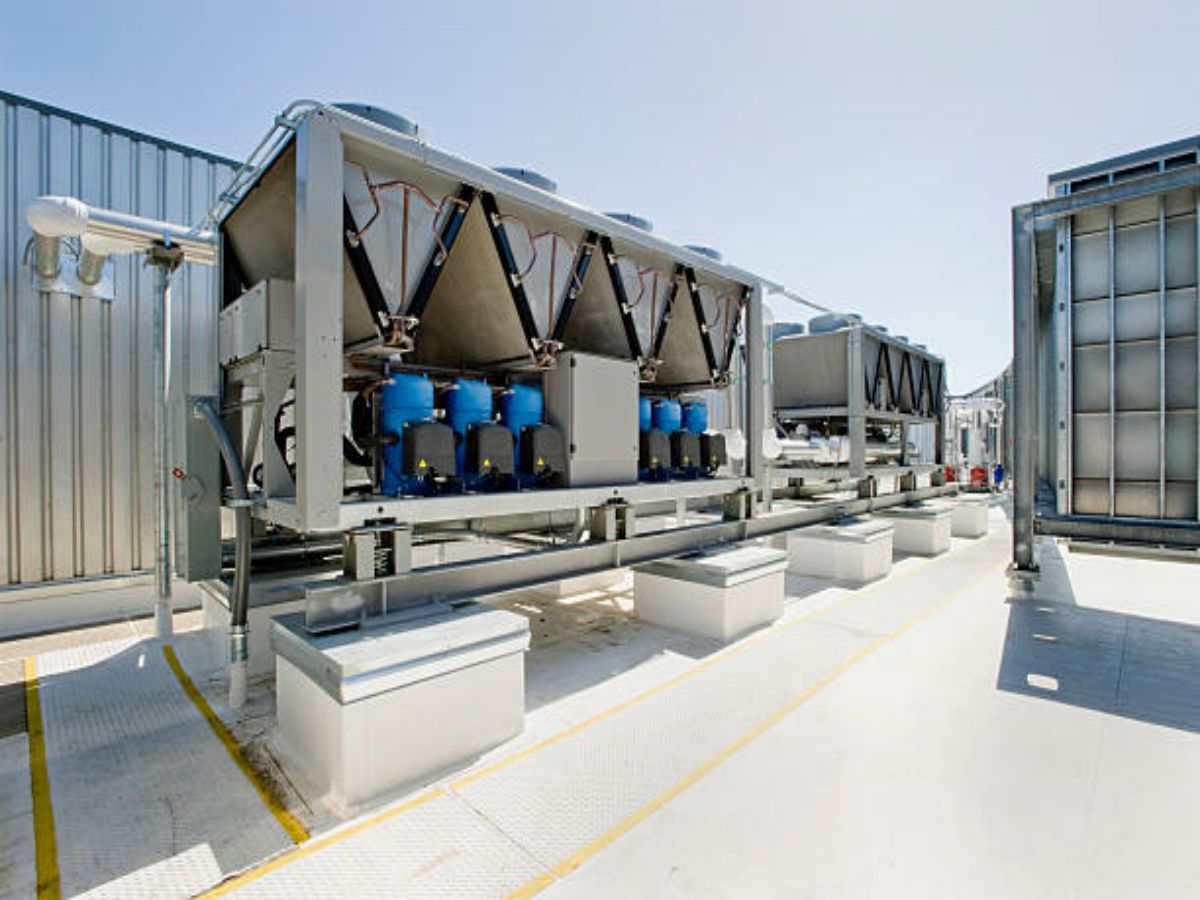chillers vs cooling towers: Understanding the Differences and Benefits
When it comes to industrial cooling systems, two popular options that often come up are chillers and cooling towers. While both serve the purpose of cooling, they have distinct differences and offer unique benefits. In this article, we will explore the differences between chillers and cooling towers, and understand their respective pros and cons. Whether you are in the market for a new cooling system or simply curious about these technologies, read on to find out more.
What are Chillers?
Chillers are mechanical devices that remove heat from a liquid via a vapor-compression or absorption refrigeration cycle. They are commonly used in commercial and industrial applications to cool various processes and equipment. Chillers work by absorbing heat from the process fluid, which can be water, glycol, or other cooling media, and then transferring it to the surrounding environment.
The Basics of Cooling Towers
Cooling towers, on the other hand, are heat rejection devices used to remove excess heat from a building or an industrial process. They work by evaporating a small portion of the water, effectively cooling the remaining water that is circulated back into the system. Cooling towers are typically used in large-scale applications, such as power plants, refineries, and HVAC systems for commercial buildings.
Energy Efficiency: Chillers vs Cooling Towers
When it comes to energy efficiency, chillers have the upper hand. Modern chillers are designed to be highly efficient, with advanced technologies such as variable speed drives and heat recovery systems. These features allow chillers to adjust their cooling capacity based on the load requirements, resulting in significant energy savings. On the other hand, cooling towers are not as energy efficient since they rely on the evaporation of water to dissipate heat.
Space Requirements and Footprint
In terms of space requirements, chillers generally have a smaller footprint compared to cooling towers. Chillers are compact and can be installed indoors, making them suitable for applications where space is limited. On the other hand, cooling towers require a larger area for installation due to their design and the need for proper air circulation. Therefore, if space is a constraint, chillers are a more viable option.
Water Consumption: Chillers vs Cooling Towers
Water consumption is an important factor to consider when choosing between chillers and cooling towers. Chillers typically have a closed-loop system, which means the water used for cooling is recirculated and does not require constant replenishment. On the other hand, cooling towers consume a significant amount of water due to evaporation. While some cooling towers use treated water to minimize the need for fresh water, they still require a constant supply. Therefore, if water conservation is a concern, chillers are a more sustainable choice.
Maintenance and Operating Costs
Maintenance and operating costs are another aspect to consider. Chillers require regular maintenance to ensure optimal performance, including inspections, cleaning, and periodic servicing. However, the maintenance costs for chillers are generally lower compared to cooling towers. Cooling towers, on the other hand, require regular cleaning, water treatment, and maintenance of components like fans and pumps. These additional requirements can increase the operating costs associated with cooling towers.
Flexibility and Scalability
When it comes to flexibility and scalability, chillers offer more options. Chillers can be easily integrated into existing systems or customized to meet specific requirements. They also offer the flexibility to provide both heating and cooling, making them suitable for year-round operation. Cooling towers, on the other hand, are primarily used for cooling purposes and may not offer the same level of flexibility. Additionally, as cooling requirements increase, adding more chillers is often a more straightforward and cost-effective solution compared to expanding cooling towers.
Noise Level and Aesthetics
Noise level and aesthetics may be important considerations, especially in commercial or residential areas. Chillers are typically quieter than cooling towers, especially when equipped with noise reduction features. They can also be installed indoors or in soundproof enclosures to further minimize noise. Cooling towers, on the other hand, can be noisier due to the operation of fans and pumps. Additionally, cooling towers are often visible structures and may not be aesthetically pleasing for some applications.
Environmental Impact
When it comes to environmental impact, both chillers and cooling towers have their pros and cons. Chillers use refrigerants, which can have a negative impact on the environment if not handled properly. However, advancements in chiller technology have led to the development of more eco-friendly refrigerants with lower global warming potential. Cooling towers, on the other hand, consume large amounts of water and can contribute to water scarcity if not managed responsibly. Additionally, cooling towers can release air pollutants if proper filtration systems are not in place. Therefore, it is crucial to consider the environmental implications when choosing between chillers and cooling towers.
Cost Considerations
Cost considerations play a significant role in the decision-making process. Chillers generally have a higher initial cost compared to cooling towers. However, the energy efficiency and lower maintenance costs of chillers can result in long-term savings. Cooling towers, on the other hand, have a lower upfront cost but may require more frequent maintenance and consume more energy in the long run. It is essential to evaluate the total cost of ownership, including installation, operation, and maintenance, to make an informed decision.
Conclusion
In conclusion, both chillers and cooling towers have their own advantages and considerations. Chillers offer energy efficiency, smaller footprint, and flexibility, making them suitable for a wide range of applications. On the other hand, cooling towers are more cost-effective upfront and can handle higher heat loads. Ultimately, the choice between chillers and cooling towers depends on the specific requirements of the application, including space availability, energy efficiency goals, water conservation, and budget constraints. Consulting with a cooling system expert can help determine the best solution for your cooling needs.
